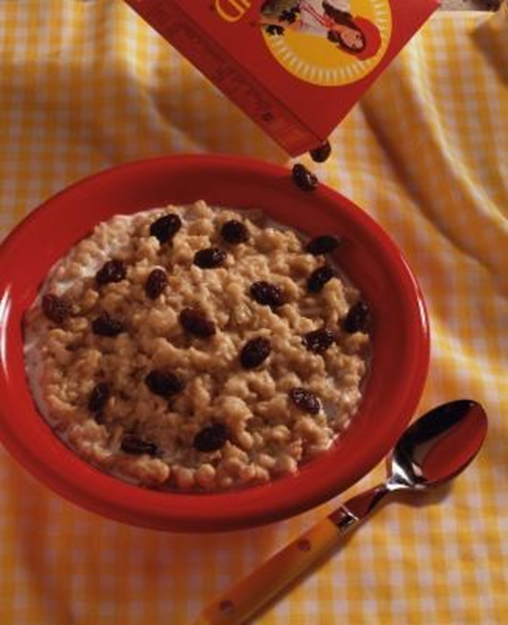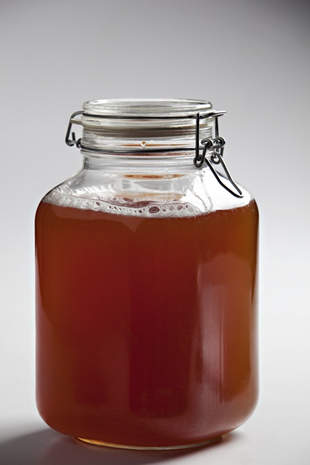Released on LIVESTRONG.COM on 30 Oct, 2013 by Jody Braverman
http://www.livestrong.com/article/418769-can-fiber-lower-blood-pressure/
 Start your day with a bowl of hot oatmeal to help lower your blood pressure.
Start your day with a bowl of hot oatmeal to help lower your blood pressure.
Photo Credit Jupiterimages/Stockbyte/Getty Images
Everyone’s talking about fiber — from helping with weight control to improving cholesterol profiles, it’s the nutrient you can’t do without. Well, one of many. If you have hypertension, your doctor has likely told you to increase your intake of fresh fruits and vegetables and whole grains and decrease your intake of refined foods and sodium. That’s because a healthy diet full of fiber-rich foods can help promote overall health, but research shows it can also play an important role in lowering blood pressure.
Fiber Basics
Fiber is the part of plant foods that your body can’t digest, and it comes in two forms — soluble and insoluble. Soluble fiber is slightly altered in the digestive tract when it comes in contact with digestive juices and forms a gel-like substance. Soluble fiber helps slow digestion, and certain types may help lower cholesterol levels, reports MedlinePlus. Insoluble fiber, however, remains intact, adding bulk to stool and helping push food through the digestive tract.
Clinical Research
Several major studies have shown a strong association between increased fiber intake and lower blood pressure. A study published in “Journal of Hypertension” in 2004 followed 110 participants with higher-than-normal blood pressure. After the 12-week trial in which participants received 8 grams per day of soluble fiber, both systolic and diastolic readings were lowered across the board. Researchers concluded that fiber may have a beneficial effect on blood pressure and called for further studies. A meta-analysis of studies published the following year in “Archives of Internal Medicine” reviewed 24 trials on fiber’s effect on blood pressure and found that all of them produced positive results.
A Little More Insight
Johns Hopkins Medicine points to a shift in the American diet from whole foods rich in fiber to processed foods deficient in fiber as being a main culprit of life-threatening conditions including diabetes and heart disease. When Johns Hopkins researchers sought to find out whether one type of fiber — soluble or insoluble — was better for lowering blood pressure, they found that insoluble fiber was more effective at lowering systolic blood pressure, but that both types were equally effective at lowering diastolic blood pressure. More importantly, the researchers concluded that replacing refined grains with whole grains — of any type — helps lower blood pressure.
Getting What You Need
Most Americans don’t get enough fiber in their diets. In fact, they get only half of what they need, according to MedlinePlus. To reap the rewards of a high-fiber diet, including lower blood pressure, aim to get at least 25 grams of fiber per day if you’re a woman and 38 grams per day if you’re a man. Good sources of soluble fiber include oat bran, barley, nuts and seeds, beans, lentils and peas. Rich sources of insoluble fiber include wheat bran, vegetables and whole grains. There’s no separate recommendation for soluble vs. insoluble fiber; if you eat a variety of fiber-rich foods, you’ll get everything you need.
LIVESTRONG.COM: Can Fiber Lower Blood Pressure?http://www.livestrong.com/article/418769-can-fiber-lower-blood-pressure/


